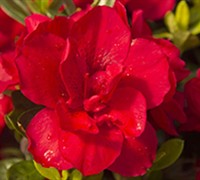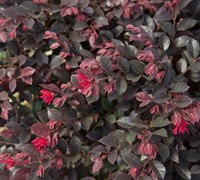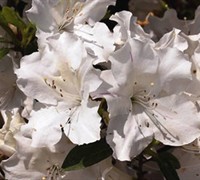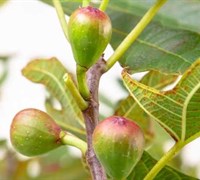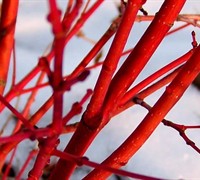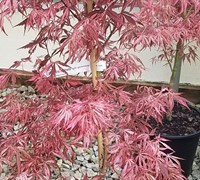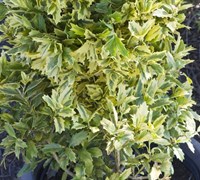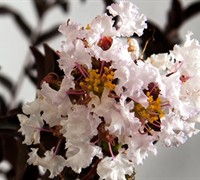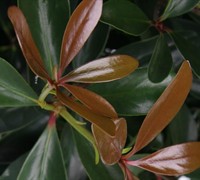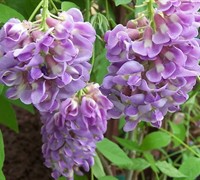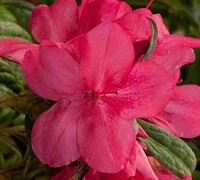Fall Webworms
Fall Webworms: What are they and how can I get rid of them?
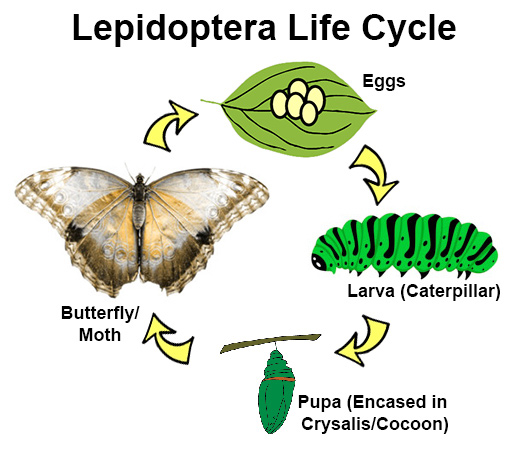
The fall webworm (Hyphantria cunea) is a moth that is native to North America. Moths belong to the insect order Lepidoptera which also includes butterflies. Insects are animals with an exoskeleton, a three-part body (head, thorax, and abdomen), six jointed legs, compound eyes, and a pair of antennae. Insects that belong to the order Lepidoptera (mainly butterflies and moths) have a characteristic life cycle familiar to many of us that involves a complete metamorphosis (called a holometabolous life cycle). The adult butterfly or moth mates and then lays eggs (usually on a host plant). The eggs hatch into the larval form of the organism, commonly known as a caterpillar. Caterpillars are very different physically from the butterfly or moth form, and caterpillars are usually herbivorous and quite a nuisance to many gardeners (for example, cabbageworms, cabbage loopers, hornworms, armyworms, leafrollers, corn borers, and webworms). These voracious feeders can chew their way through your landscape as they grow through a series of stages called instars. Once fully matured, the larva change appearance as it develops into a pupa. A cocoon and a chrysalis are well-known pupal coverings of some butterfly and moth pupa. The pupa is covered with a hard skin, and the insect within is undergoing its metamorphosis into the adult form. When the metamorphosis is complete, a sexually mature adult butterfly or moth emerges and takes flight.
Fall webworms are best known for their larval stage, a caterpillar that builds webbed nests on the tree limbs of many hardwoods in the late summer and fall. While the webworms are considered to be a pest species, they rarely do lasting damage to the trees they inhabit. Nevertheless, most gardeners don’t want webworms in their beautifully manicured landscape. Webworm larvae typically appear in late summer through early fall. The adult moth lays her eggs on the underside of leaves, and they hatch in about a week. The larval stage lasts four to six weeks, and the each caterpillar can consume many whole leaves. In this species, the larvae feed in colonies and produce the characteristic “webbing” that gives them their name. The webs are enlarged to enclose additional leaves as the larvae feed and grow. The webworm pupa overwinters in the bark of the tree (and sometimes in the leaf litter at the base of the tree). Adults emerge the following year to repeat the cycle. The fall webworm caterpillar feeds on many different types of deciduous trees. In severe cases, an entire tree can be defoliated.
There are many ways to go about combatting webworms. In the early spring while the tree is still dormant, you can use dormant oil which can kill the overwintering pupa before the adult emerges to continue the life cycle. You can also clean up leaf debris in the winter to remove overwintering pupae. Another approach is to use Trichogramma wasps, tiny predators that will eat the webworm eggs before they hatch. These wasps work best when released in mid- to late- summer where they can attack and eat the eggs before they hatch. It is recommended to release three rounds of wasps (spaced two weeks apart) starting in early August. Once the webs appear, use a long rake or pole to pull them down and destroy them by hand. In larger trees, you can also prune out any affected branches. Throw the nests away to prevent any of the insects from overwintering somewhere in your yard. You could also just use a pole to tear a hole in the web sack which will allow webworm predators (yellow jackets, paper wasps, and birds) easier access to their prey.
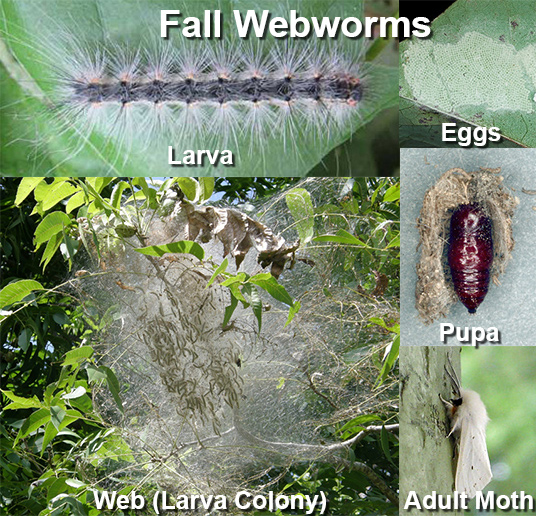 The suggestions given above are the safest and healthiest for your garden. I don’t typically recommend the use of insecticides (organic or otherwise) because they will also kill many beneficial insects that you want to keep in your garden. (And as a neuroscientist I also know that most insecticides are neurotoxins, designed to attack the nervous system of insects, which isn’t that different from our own, meaning that they can affect you, too!) I only recommend light use of dormant oil to minimize effects on beneficial insects. Also keep in mind that webworms are typically only an “eyesore” – they don’t usually cause lasting damage to your hardwoods, except in rare years when an outbreak is severe. So the most organic approach would be to leave them alone, or to encourage beneficial insect predators to take care of them for you. If you are intent on using an insecticide, the use of Bacillus thuringensis (Bt, a bacterium that infects and kills many caterpillar species) or Neem (derived from a tropical tree) usually does the trick for webworms. Spray Bt or Neem sparingly on the webs (or into a small hole you make in the webbing), and the caterpillars will come in contact with the insecticide while crawling around within the web. But keep in mind that Bt and Neem both target and kill beneficial insects as well.
The suggestions given above are the safest and healthiest for your garden. I don’t typically recommend the use of insecticides (organic or otherwise) because they will also kill many beneficial insects that you want to keep in your garden. (And as a neuroscientist I also know that most insecticides are neurotoxins, designed to attack the nervous system of insects, which isn’t that different from our own, meaning that they can affect you, too!) I only recommend light use of dormant oil to minimize effects on beneficial insects. Also keep in mind that webworms are typically only an “eyesore” – they don’t usually cause lasting damage to your hardwoods, except in rare years when an outbreak is severe. So the most organic approach would be to leave them alone, or to encourage beneficial insect predators to take care of them for you. If you are intent on using an insecticide, the use of Bacillus thuringensis (Bt, a bacterium that infects and kills many caterpillar species) or Neem (derived from a tropical tree) usually does the trick for webworms. Spray Bt or Neem sparingly on the webs (or into a small hole you make in the webbing), and the caterpillars will come in contact with the insecticide while crawling around within the web. But keep in mind that Bt and Neem both target and kill beneficial insects as well.

